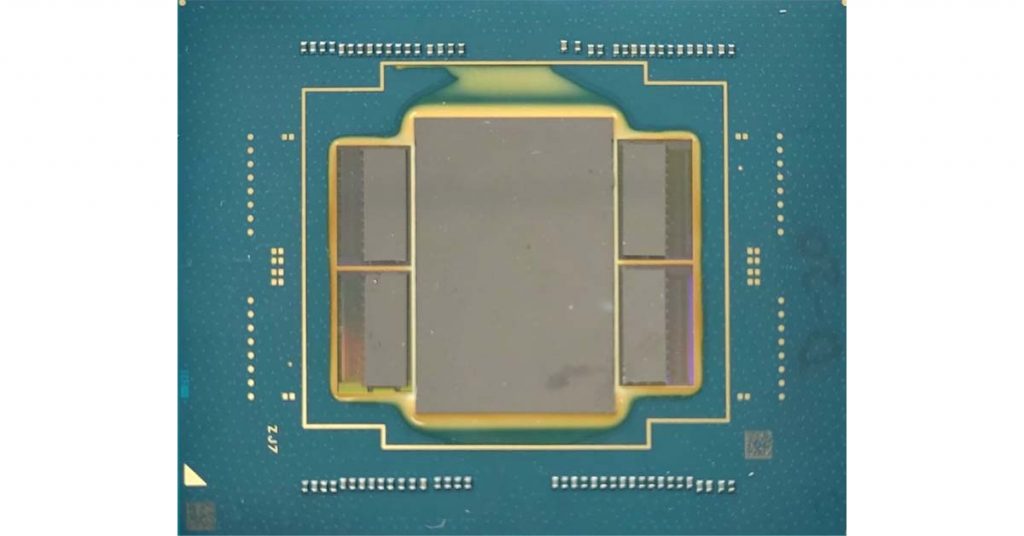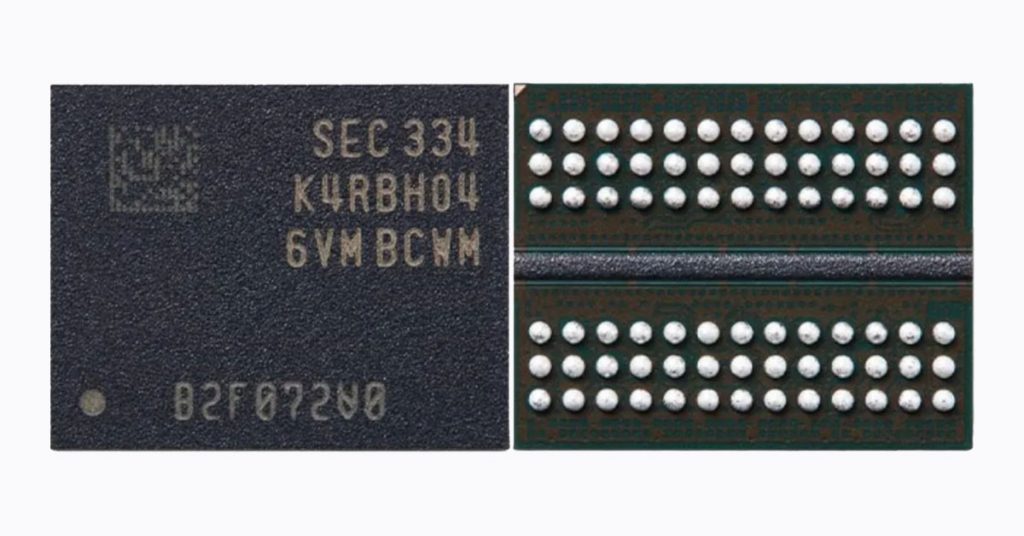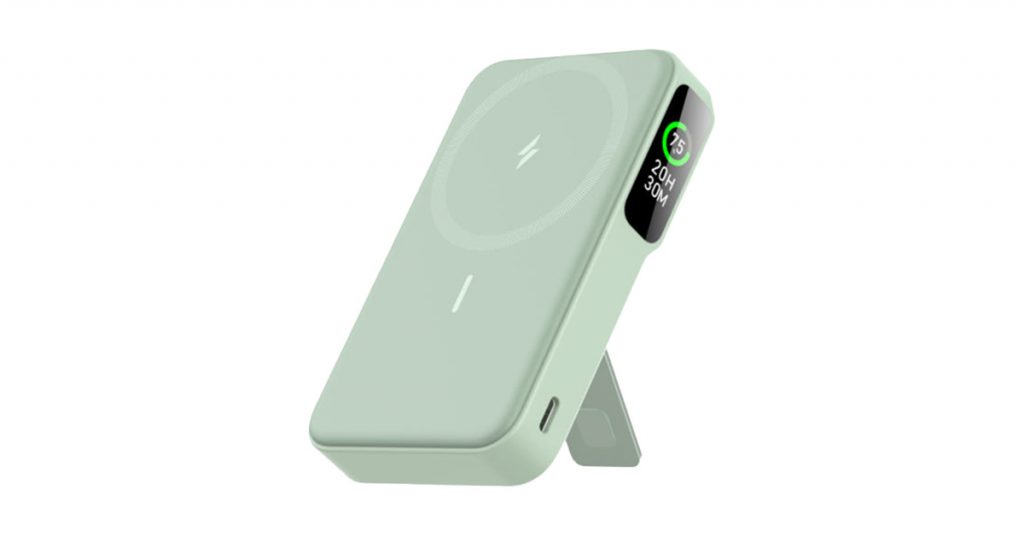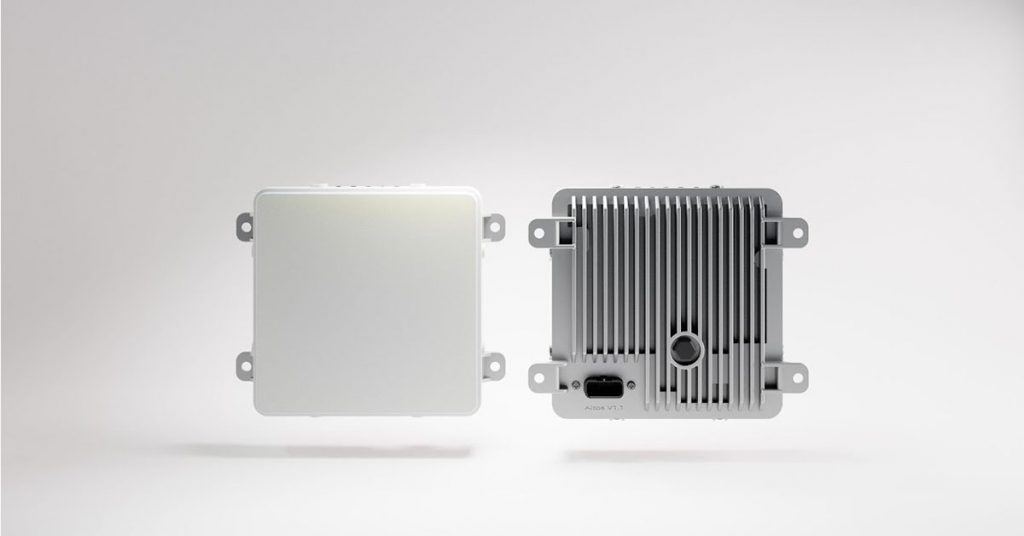IoT devices can receive low-speed data for free using the long-range and low-bandwidth network.
It turns out that there is a low-power, low-bandwidth, long-range IoT network available for smart gadgets in my vicinity. Amazon recently disclosed the extensive reach of its Sidewalk IoT network in the typical American neighborhood. According to Amazon’s initial Sidewalk coverage map, the public network can be accessed by more than 90% of the US population (only available in the US). With the help of an Amazon-supplied Sidewalk developer test kit, I confirmed this information by driving around my town for three days and covering a distance of more than 40 miles. I was amazed to discover that the network connection was remarkably strong in my corner of South Carolina, even in the wilderness of a national forest.
In conjunction with the official launch of Sidewalk for developers, Amazon has shared this information. Amazon Sidewalk, which was first introduced in 2019, is a new low-power, wide-area network (LPWAN) that Amazon anticipates will enable the next generation of connected devices. It is not intended to replace high-bandwidth cellular data for devices that require it, but rather to serve as an alternative to costly LTE or 5G connectivity for gadgets that do not require significant amounts of data, and where paying $10 or more per month for data is excessive.
Presently, the primary use of Sidewalk is to aid Ring cameras in transmitting motion notifications even when they are not connected to the internet and to enable Level smart locks to connect to the internet without consuming too much battery power via Wi-Fi radios. Amazon has established a few initial partnerships, including one with CareBand, a wearable health tracker manufacturer. Amazon is now encouraging others to develop devices that can use this free network.
To begin building, all you need to do is request a test kit, which is a small gray wireless device with Ring branding on it. You can then assess whether the connectivity in the area where you intend to deploy your product is sufficient, and begin building. Nordic, Silicon Labs, and other silicon companies have software development kits (SDKs) and hardware development kits (HDKs) available, and AWS IoT Core for Sidewalk offers a one-stop shop for device connectivity (although Limp has stated that using AWS cloud services is not required to access the network).
Sidewalk could be advantageous for various consumer IoT devices, such as dog trackers, package trackers, soil moisture sensors, weather stations, leak sensors, mailbox sensors, pill bottles, solar panel controllers, garage door controllers, and other devices that are not always located in areas where Wi-Fi is readily available.
Dave Limp, Amazon’s Senior Vice President of Devices and Services, expresses his desire for someone to create a long-range connected meat thermometer, stating that he has experienced many failures while attempting to smoke pork in his backyard. As someone who has faced similar issues while trying to cook outdoors, I can sympathize with the difficulties of maintaining a Wi-Fi connection while enjoying the outdoors. A network like Sidewalk makes sense in many smart home scenarios, but the most significant advantage will likely be its dynamic coverage.
As demonstrated by my map, I traveled around while connected to Sidewalk, highlighting how mobile devices such as dog trackers and package trackers could be monitored via Sidewalk, bridging the gap between the smart home and the smart city. However, Amazon has not yet provided an update on the Ring Fetch dog tracker that was announced when Sidewalk first debuted.
What is Amazon Sidewalk?
The Sidewalk network is a community network designed to function as a long-range network. It operates using three wireless radio technologies, namely Bluetooth Low Energy (BLE) for short distances, LoRa for long-range, and frequency shift keying using 900MHz. The network can link to the internet through any available Sidewalk gateway, including Echo Show 10, Echo, Echo Dot smart speakers, and wired Ring spotlight and floodlight cameras, as well as a few commercial grade bridges. Sidewalk uses a small amount of bandwidth from the internet to send its low-data messages. As a result, it relies on the internet connection of these devices and is a shared community network.
This approach is clever and is unique to Amazon due to its vast number of connected devices in people’s homes. Initially, Sidewalk was automatically turned on when Amazon launched it on its devices, but this led to significant backlash, and Amazon quickly provided an option to disable participation in the network. When purchasing a new device capable of serving as a Sidewalk bridge, users can now choose whether to opt in or not.
According to Limp, “users with Ring and Echos have widely adopted Sidewalk, as Ring provides immediate value. Even if you don’t have Wi-Fi all the time, you can still receive motion alerts.” This means that if your Ring camera loses Wi-Fi connection, it can still send alerts to you via Sidewalk by connecting to a nearby bridge that’s still online. I have personally tested this and can confirm its functionality.
Originally, Amazon developed Sidewalk as a solution for connectivity issues with Ring video doorbells, which are often installed outside of homes and can miss alerts due to obstacles like brick or plaster between them and the Wi-Fi router. “We invented internally a protocol, and then a couple of years ago announced our intent to externalize that and call it Sidewalk,” explains Limp. When Sidewalk was launched last year, it enabled over a billion notifications to be delivered to Ring customers that they would have otherwise missed. “We were able to send those notifications over this low bandwidth backhaul network, and the customer was still notified that something happened, so they could check it out when things got back online,” Limp adds. Amazon emphasizes that Sidewalk does not snoop on the data from users’ devices.
Amazon has partnered with a few companies to develop products that can leverage Sidewalk connectivity. These include New Cosmos’ Denova Detect, a battery-powered natural gas alarm; Primax’s Woody, a smart door lock; and Netvox’s multi-sensor that monitors air conditioning, water leaks, and state. Users don’t need an Amazon Sidewalk bridge in their home to use these products, as they can leverage Sidewalk connectivity from any nearby bridge.
While Sidewalk is a valuable addition to the smart home ecosystem, it’s not the only option available. Z-Wave’s long-range chip extends connectivity up to 300 feet, while Thread is a low-power mesh network that can extend beyond the walls of your home into the garden or garage with enough devices. However, Sidewalk offers mobility that neither of these options does.
Regarding the new smart home standard, Matter, Limp believes that Sidewalk and Matter are complementary to each other. Both already coexist in Amazon’s Echo smart speakers. Sidewalk competes more with protocols like Wi-Fi than with Matter, as a data link and transport layer. It is also possible to port some of the Matter Standard to Sidewalk. These developments make things very interesting in the smart home industry.









